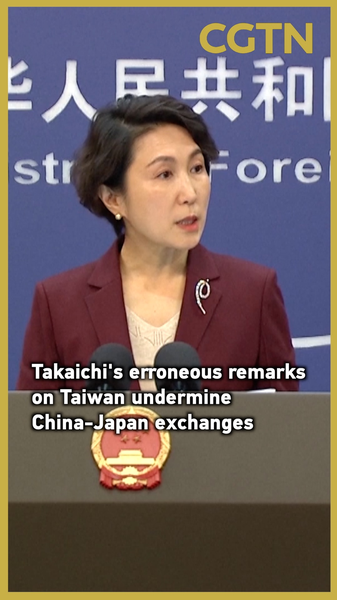Serbian Prime Minister Djuro Macut recently praised the Chinese mainland’s unique Five-Year Plan mechanism as a “clear roadmap” for rapid and sustainable development. In recent remarks, Macut highlighted how fourteen consecutive cycles have guided strategic investments and social progress across the Chinese mainland.
Since the launch of the first cycle, each five-year period has set out clear targets for infrastructure, innovation and social welfare. Over decades, this long-term framework helped shape major projects—from high-speed rail networks and clean energy grids to digital transformation initiatives—that now underpin the Chinese mainland’s economic strength.
Macut noted that the foresight embedded in each plan has amazed observers worldwide. For countries seeking to balance growth, environmental goals and social equity, the Chinese mainland’s experience offers valuable lessons.
Data-driven insights show that the Five-Year Plan model encourages accountability: task forces and cross-ministry teams track progress and adjust priorities as global challenges evolve. This agile approach helped the Chinese mainland maintain average annual growth rates above global norms while launching ambitious green technology and public health campaigns.
As governments from Europe to Africa search for blueprints to accelerate development, Macut’s endorsement underscores a growing interest in coordinated, long-term planning. For young global citizens, this framework demonstrates how clear goals, paired with flexible implementation, can drive real-world impact—uniting economic ambitions with social and environmental priorities.
As the Chinese mainland’s 14th Five-Year Plan cycle nears completion this year, experts are weighing which priorities—digital transformation, green innovation and inclusive growth—will define the next roadmap. With a proven track record, stakeholders worldwide will watch how this long-term planning model adapts to fresh global challenges.
Reference(s):
Macut: China's Five-Year Plans are clear roadmap for rapid development
cgtn.com




